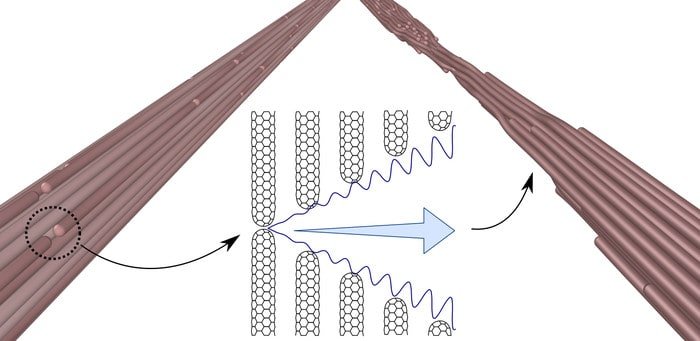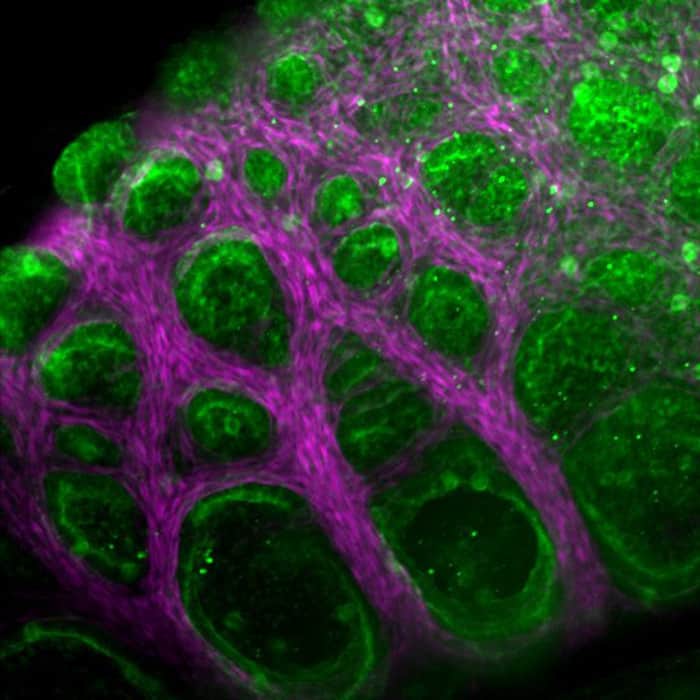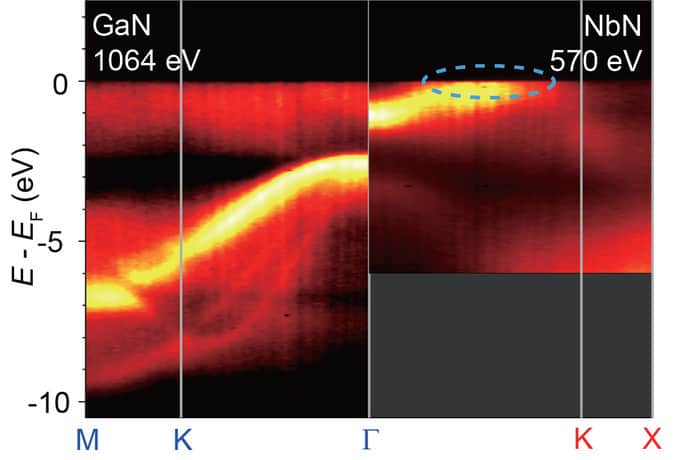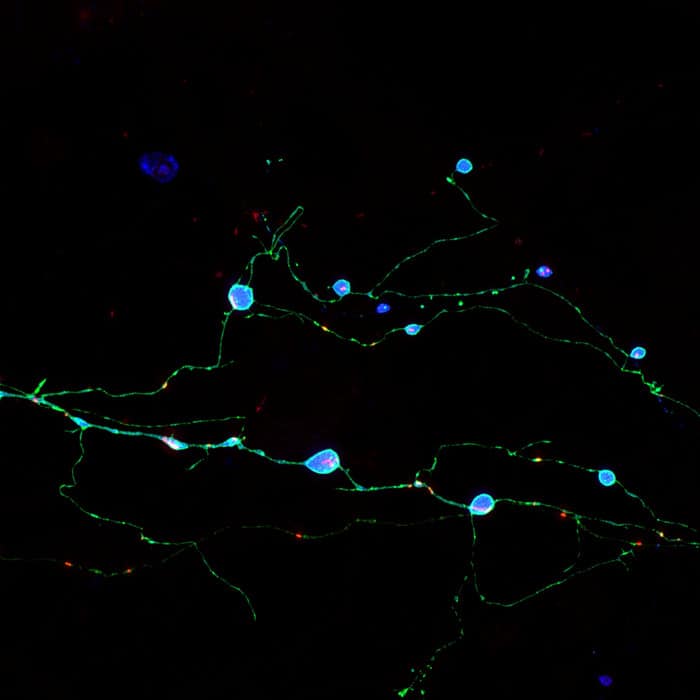Ketamine therapy has a swift short-term effect on reducing symptoms of depression and suicidal thoughts, according to a review of all the available evidence. A systematic review led by the University of Exeter and funded by the Medical Research Council analysed evidence from 83 published research papers. The strongest evidence emerged around the use of […]
Read More








